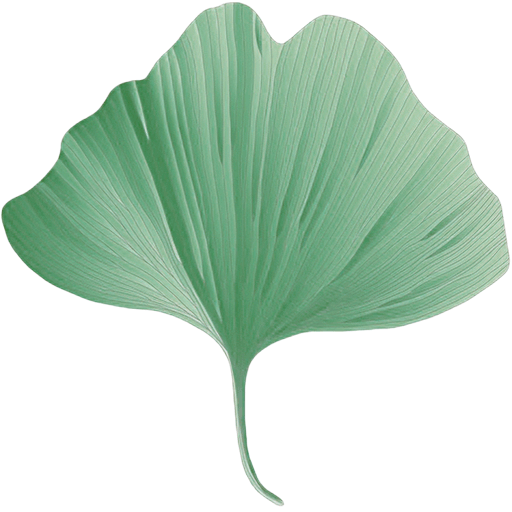Acupuncture is one of the oldest, most commonly used systems of healing in the world and has become widely accepted by Australians as an effective and natural form of therapy for many conditions. When acupuncture is performed according to Traditional Chinese Medicine (TCM), it takes a holistic approach to understanding normal function and disease processes and focuses as much on the prevention of illness as on the treatment.
According to TCM, there are as many as 2,000 acupuncture points on the human body, which are connected by pathways called meridians. These meridians conduct energy, or qi (pronounced “chi”), between the surface of the body and its internal organs. Acupuncture treatment involves the insertion of fine, sterile needles into acupuncture points along the body’s meridians to clear energy blockages and encourage the normal flow of qi through the patient. The practitioner may also stimulate the acupuncture points using other methods, including moxibustion, cupping, laser therapy, electro-stimulation and massage, in order for the qi flow to return to normal.
Chinese medicine is quite complex and can be difficult for some people to comprehend. This is because TCM is based, at least in part, on the Taoist belief that we live in a universe in which everything is interconnected. What happens to one part of the body affects every other part of the body. The mind and body are not viewed separately, but as part of an energetic system. Similarly, organs and organ systems are viewed as interconnected structures that work together to keep the body functioning.
As a natural form of healing, acupuncture has the following benefits:
- focuses on drug-free pain relief
- can be effective in the treatment of acute and chronic ailments as shown in research studies which have been collated in the Acupuncture Evidence Project.
- takes an holistic approach by addressing the underlying cause of the condition, as well as the symptoms. The approach links body, mind and emotions.
- assists in the prevention against disease and the maintenance of general well-being




